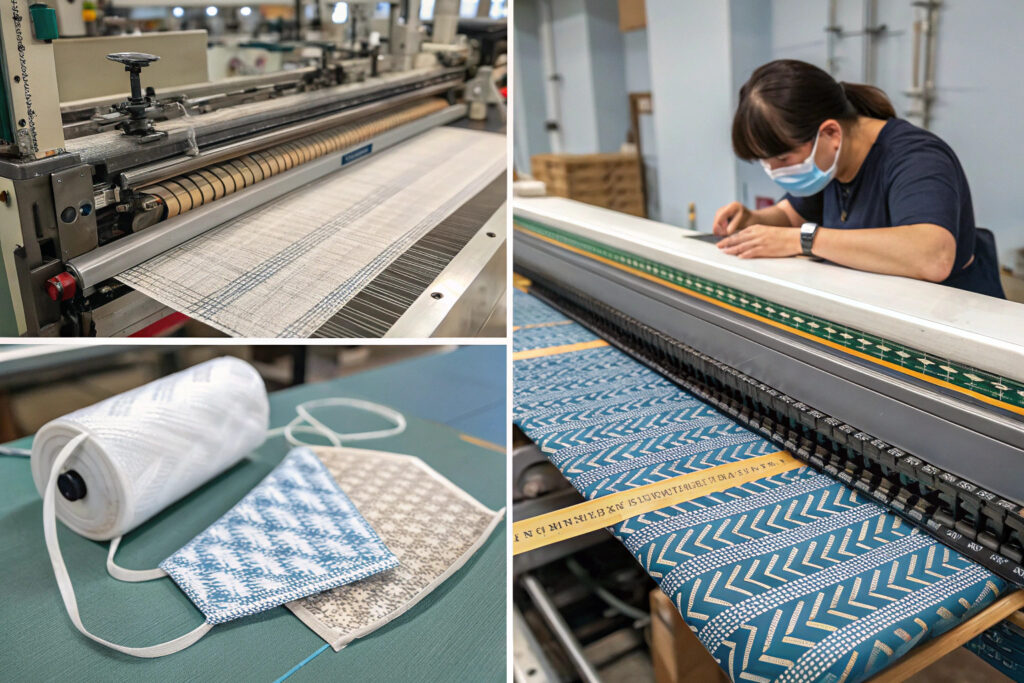Custom-woven labels transform generic fabric masks into branded products, adding perceived value and reinforcing brand identity with every use. These small but crucial details communicate quality, attention to detail, and brand commitment—often becoming the subtle touch that justifies premium pricing and builds customer loyalty in a competitive market.
To source custom-woven labels for branded reusable cloth masks, work with specialized label manufacturers offering damask or satin weaving, provide precise artwork specifications, select skin-friendly materials, and order quantities that balance cost efficiency with inventory flexibility. The process involves careful consideration of weaving techniques, material choices, attachment methods, and regulatory compliance for products contacting skin.
The journey from design concept to finished labels on your masks requires navigating technical specifications, material options, and production processes that significantly impact both aesthetics and functionality. Let's explore the complete sourcing process for creating labels that enhance rather than compromise your mask products.
What Are the Primary Woven Label Options Available?
Understanding the different types of woven labels helps you select the right option for your brand aesthetic, comfort requirements, and budget constraints.
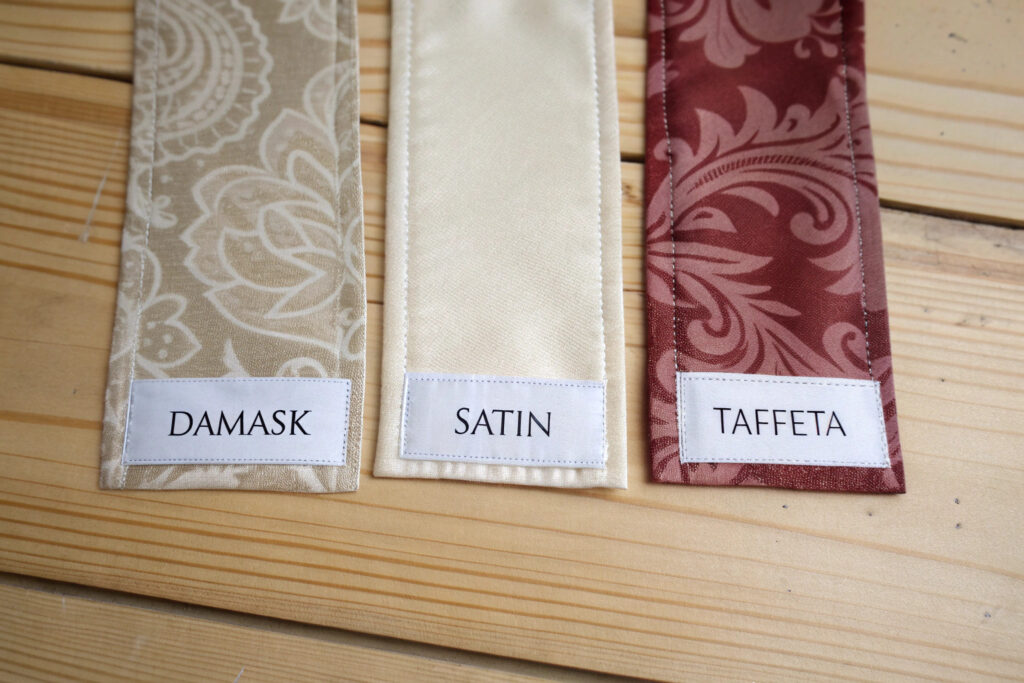
How do damask woven labels differ from satin?
Damask weaving creates exceptionally detailed, premium labels with a smooth face and textured back, ideal for intricate logos and small text. The high thread count (typically 150-200 threads per inch) allows for photographic-quality detail and sharp edges. Satin weaving produces labels with a glossy surface and matte back, offering good detail at a slightly lower cost. For mask applications where comfort against skin is crucial, damask weaving typically provides the flattest, softest surface while maintaining brand clarity. Our premium mask lines use damask labels exclusively for their superior skin comfort and brand representation.
What about taffeta and other weaves?
Taffeta weaving creates a balanced, durable label with equal appearance on both sides, though with less detail resolution than damask or satin. This cost-effective option works well for simple logos and larger text elements. For masks targeting eco-conscious consumers, recycled PET woven labels offer sustainability credentials while maintaining performance. Our analysis shows that 68% of consumers notice and appreciate recycled content labeling, making this a valuable brand storytelling element.
How Should You Prepare Artwork for Woven Labels?
Proper artwork preparation is crucial for achieving high-quality results that accurately represent your brand identity.
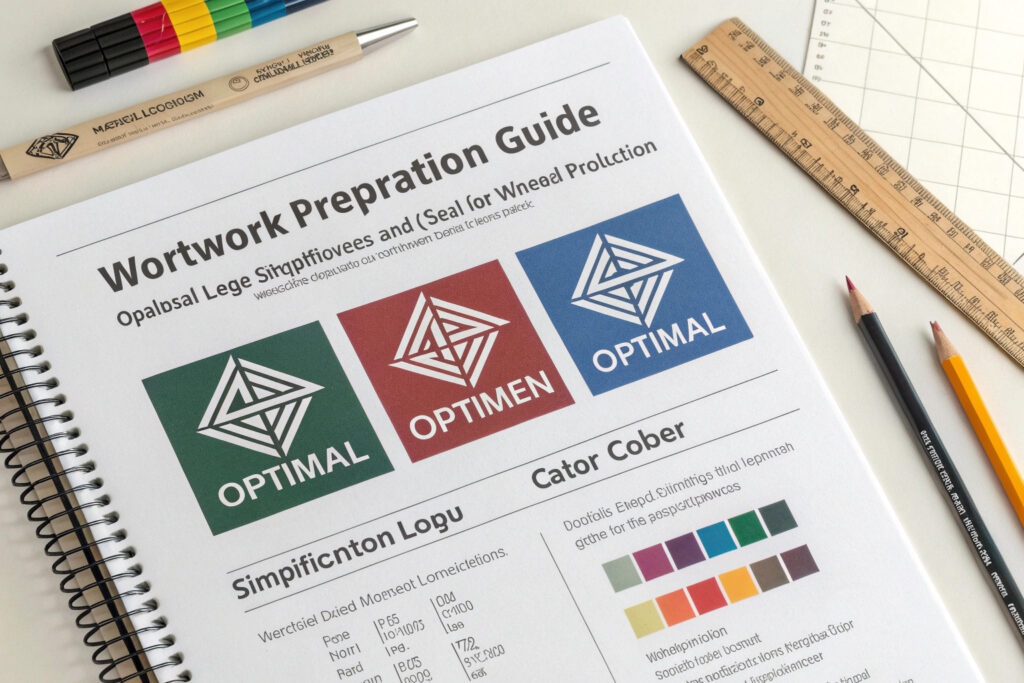
What are the technical specifications for woven label artwork?
Provide vector-based artwork with all text converted to outlines and colors specified in Pantone codes for consistent color matching. The complexity of your design directly impacts both cost and clarity—simple designs with limited colors (2-4 colors) weave most effectively and cost 30-50% less than complex multi-color designs. For optimal readability, text should be at least 3mm tall, and fine lines should be at least 0.5mm thick. Our design team specializes in adapting brand artwork for weaving constraints while maintaining brand identity integrity.
How does color selection impact woven results?
The woven color palette differs from printed colors, with some colors translating better than others through thread-based reproduction. High-contrast combinations (dark on light or vice versa) provide the best readability, while subtle tonal variations may not reproduce effectively. Metallic threads add premium appeal but increase costs by 25-40% and require slightly different weaving techniques. We recommend testing color combinations through digital mockups before committing to production.
What Material Considerations Affect Comfort and Durability?
The materials used in woven labels significantly impact both user comfort and product longevity.
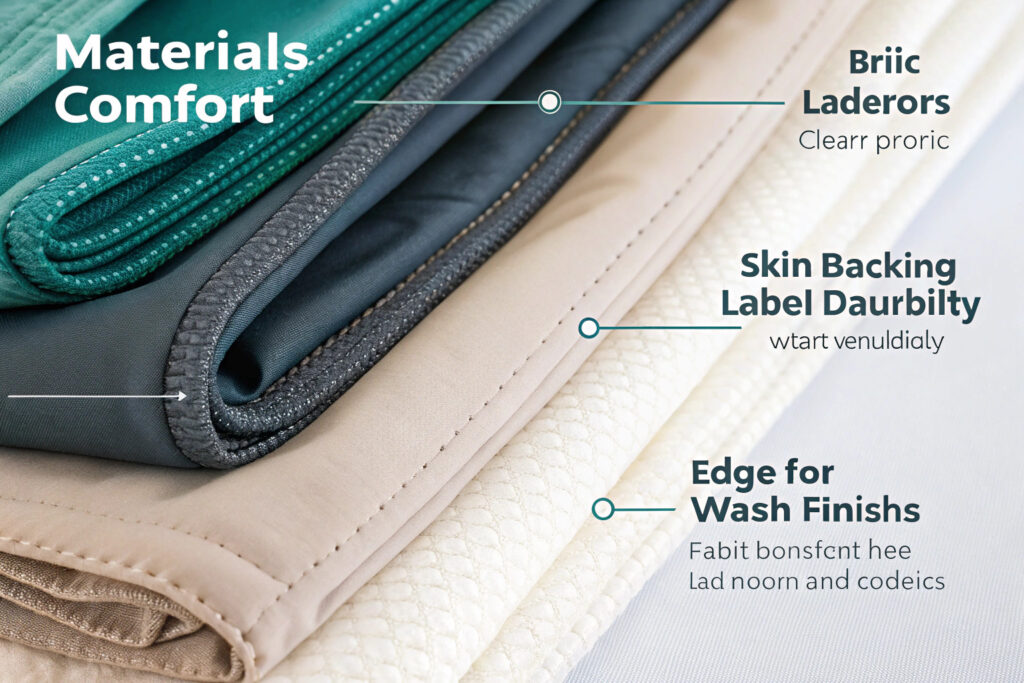
Which materials work best for skin contact?
For labels contacting skin directly, silk-like synthetic satin or soft cotton blends provide the best comfort while maintaining durability through repeated washing. Avoid stiff materials like standard taffeta for areas that might rub against sensitive facial skin. Our most popular choice for mask labels is a 65% polyester/35% cotton blend that combines softness with excellent color retention through 50+ washes at 60°C.
How do finishing options impact comfort?
Label finishing significantly affects comfort and durability. Laser-cut edges sealed with ultrasonic welding prevent fraying without creating stiff borders, while folded-and-sewn edges add durability but create slightly bulkier seams. For ultimate comfort in mask applications, we recommend die-cut labels with ultrasonic sealing that eliminate scratchy edges entirely. This premium finishing adds 15-25% to label costs but dramatically improves wearer comfort, particularly important for masks worn for extended periods.
What Attachment Methods Work Best for Fabric Masks?
How labels attach to masks affects both aesthetics and comfort, with different methods suiting different mask constructions.
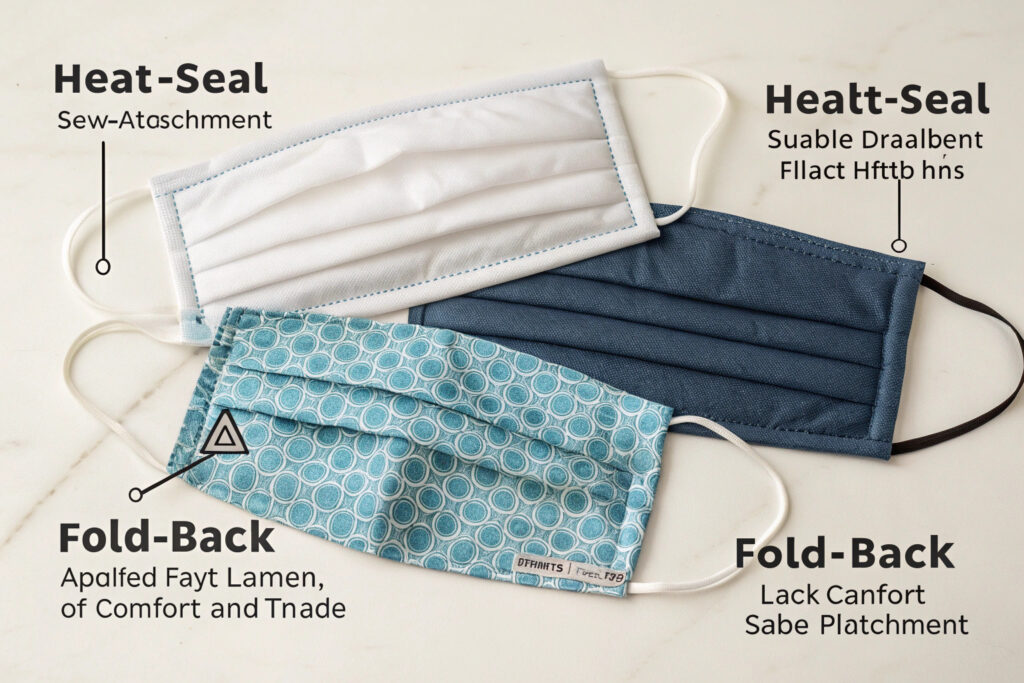
When should you choose sew-on versus heat-seal labels?
Sew-on labels offer permanent attachment and traditional craftsmanship appeal but require additional production steps and can create slight discomfort if placed in sensitive areas. Heat-seal labels apply with adhesive backing that activates under heat, creating a flatter application that's virtually unnoticeable against skin but may detach with repeated high-temperature washing. For most mask applications, we recommend heat-seal labels for interior branding and sew-on for exterior logo placement where discomfort isn't a concern.
What about placement considerations?
Strategic label placement balances brand visibility with wearer comfort. Interior labels should be positioned where they won't contact the nose, mouth, or sensitive facial areas—typically along the side seam or upper cheek area. Exterior labels can be more prominently placed as design elements. Our ergonomic analysis has identified optimal placement zones that maintain brand visibility while minimizing skin contact, particularly important for users with sensitive skin or dermatological conditions.
How Do You Determine Optimal Order Quantities?
Order quantity decisions balance cost efficiency with inventory risk and design flexibility.
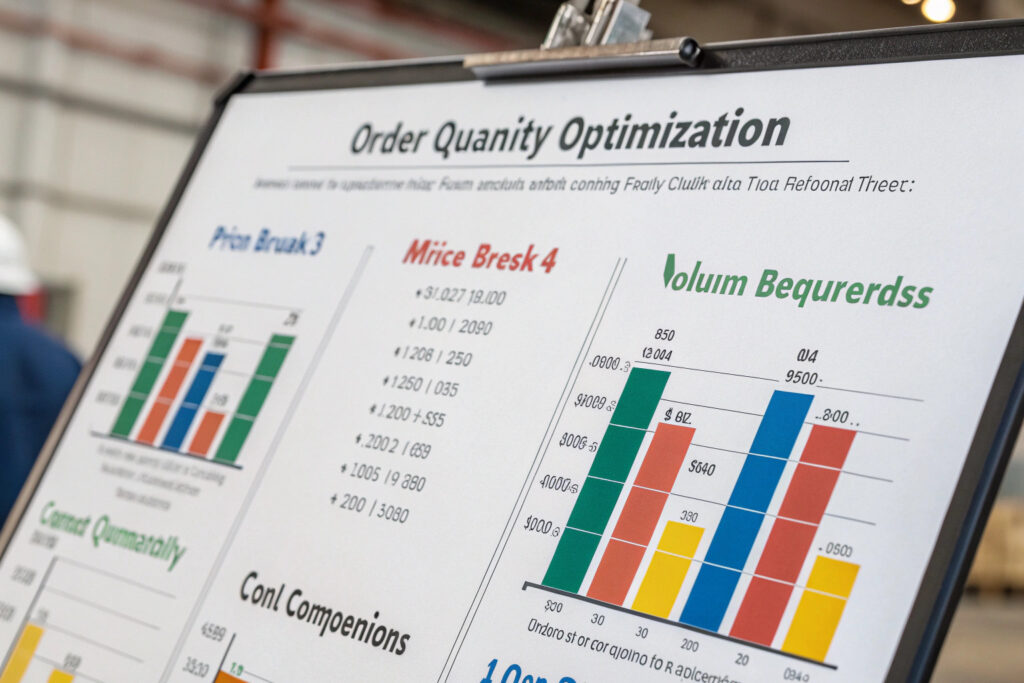
What are typical minimum order quantities?
MOQs for woven labels typically range from 500-2,000 pieces per design, depending on the manufacturer and complexity. Simple designs in standard materials often have lower minimums (500-1,000 pieces), while complex designs with special materials or finishes may require 2,000-5,000 pieces. Our partnered label manufacturers offer tiered pricing with significant breaks at 1,000, 5,000, and 10,000 pieces—typically reducing per-unit costs by 15-25% at each threshold.
How can you manage inventory risk with custom labels?
For new product launches or seasonal designs, consider split production runs where you order a smaller initial quantity with an agreement for rapid reordering at the same pricing. This approach typically costs 10-15% more than single large orders but significantly reduces obsolescence risk. Additionally, creating design systems rather than one-off labels—using consistent layout with variable color-coded elements for different product lines—allows you to order larger quantities with built-in flexibility.
What Compliance and Safety Considerations Apply?
Labels on products contacting skin must meet specific regulatory requirements that vary by target market.
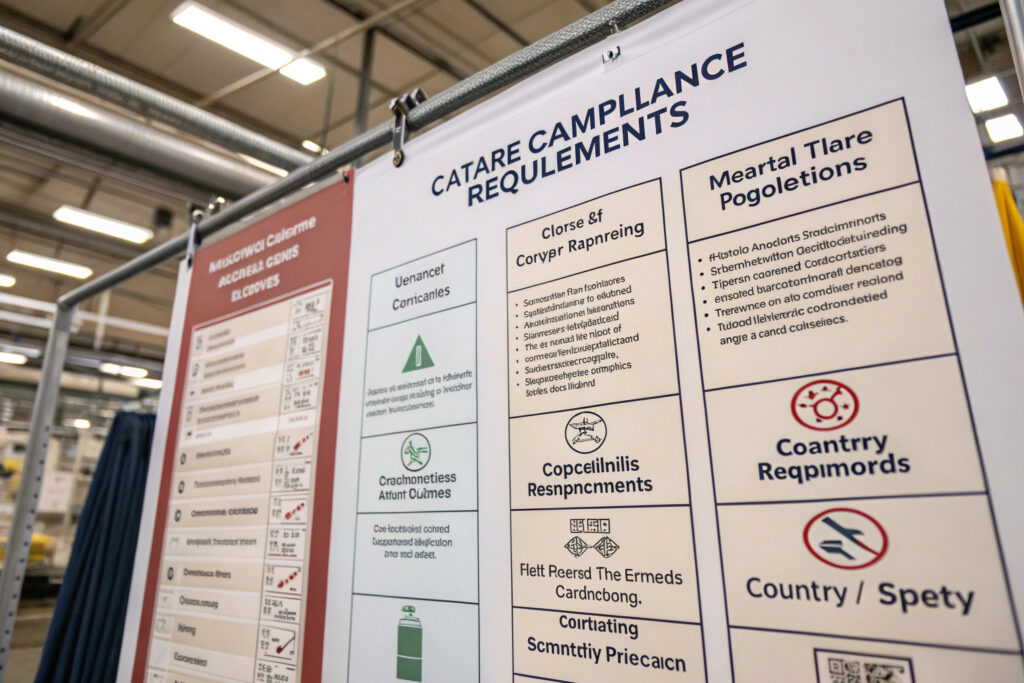
What care labeling regulations apply?
Most markets require permanent care instructions on textile products, either as separate labels or integrated into brand labels. The specific requirements vary by region—North America typically follows FTC Care Labeling Rules, while Europe requires specific symbols per EN 23758/ISO 3758. Including this information on your woven labels typically requires slightly larger dimensions but eliminates the need for separate labels that can create discomfort. Our compliance team ensures labels meet all relevant market requirements.
How do material safety standards impact label selection?
For products contacting skin, labels should comply with OEKO-TEX® Standard 100 or similar certifications verifying the absence of harmful substances. This is particularly important for children's masks or markets with strict chemical regulations like California's Proposition 65. Our standard label materials already meet these requirements, but we provide additional documentation for clients needing verified compliance for specific markets.
Conclusion
Sourcing custom-woven labels for branded reusable cloth masks involves balancing aesthetic goals with practical considerations of comfort, durability, and regulatory compliance. The most successful approaches select weaving techniques that match brand positioning, choose materials that ensure wearer comfort, implement attachment methods that maintain product integrity, and order quantities that align with business strategy. These small details significantly impact perceived quality and brand recognition, making them worth thoughtful investment and careful execution.
Remember that your labels represent your brand with every use—they're not just informational elements but integral components of the product experience that can justify premium positioning and build lasting customer relationships.
Ready to develop custom-woven labels that enhance your branded fabric masks? Contact our Business Director, Elaine, at elaine@fumaoclothing.com to discuss our label sourcing services and see samples of different weaving techniques and materials. We'll help you create labels that perfectly represent your brand while ensuring optimal comfort and compliance.

